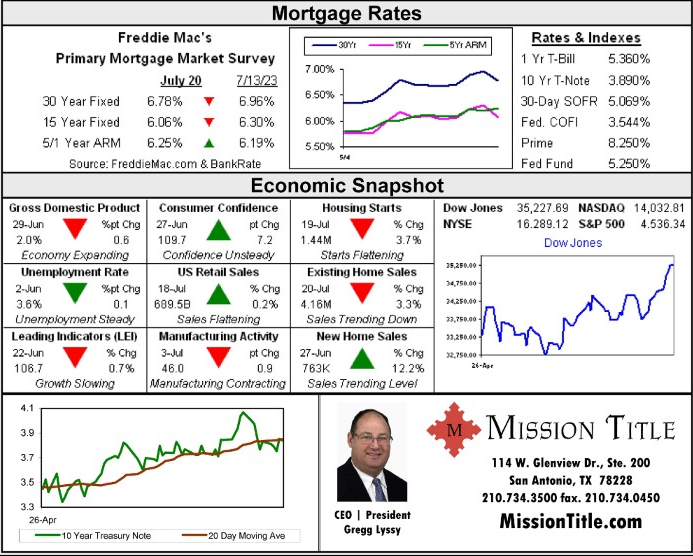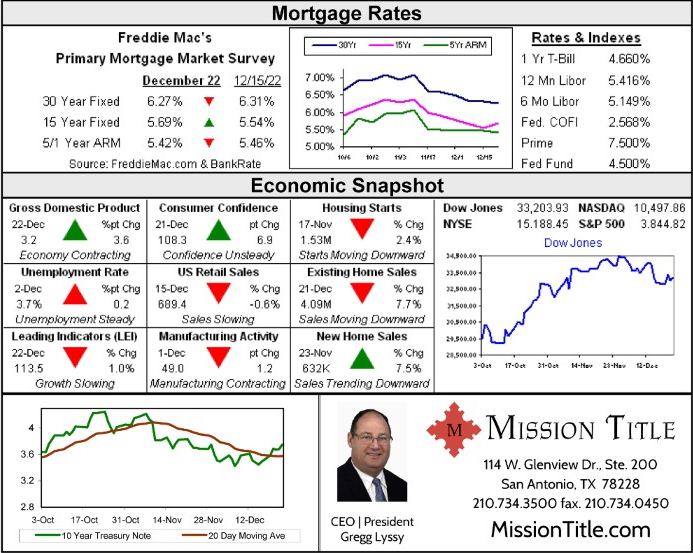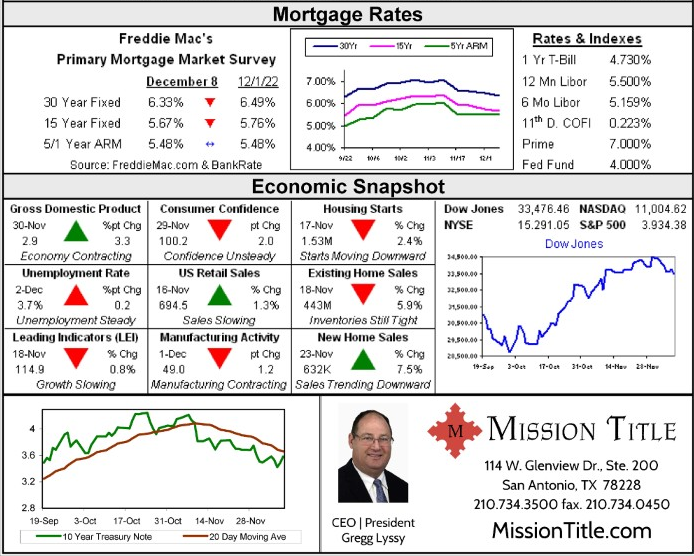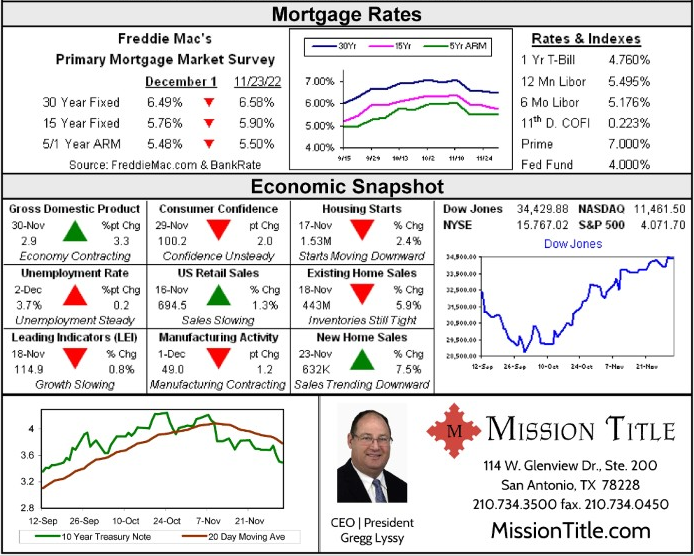The National Association of Realtors affordability index ticked up in February, meaning the typical family had more estimated income to afford a home at the national median price, according to data released Friday.
The affordability index reached 156.9, meaning the typical family possessed 156.9 percent of the estimated income required to purchase a home. It’s the highest the index has been since February 2018.
The biggest factor in the rising affordability was the dip in mortgage rates, which were also at the lowest they have been since February 2018. The effective rate on loans closed on existing homes was 4.60 percent, according to data from the Federal Housing Finance Agency.
The median home price edged up slightly by $200, coming in at $251,400 in February. The median family income also dipped from $77,902 to $77,644, but due to lower mortgage rates, the typical payment on the median home for those families came in at only 15.9 percent of income, or roughly $1,031 per month.
The affordability index climbed slightly month-over-month in the Northeast, Midwest and West regions of the country and stayed the same in the South. The index is down year-over-year in all regions.
The index measures whether or not the typical family – defined as one earning the median family income as reported by the U.S. Bureau of the Census — could afford a typical home, which is defined as the national median-priced existing single-family home.
 Using data to find your buyer
How leading agents Troy Owens and Mogie Holm leverage tech to hone in on their highly-educated buyers READ MORE
Using data to find your buyer
How leading agents Troy Owens and Mogie Holm leverage tech to hone in on their highly-educated buyers READ MORE
A value of 100 means that the typical family has enough income to qualify for a mortgage on a median-priced home, assuming a 20 percent downpayment and that the payment to income ratio cannot exceed 25 percent of the median family income.
Developing…
Source: click here




















